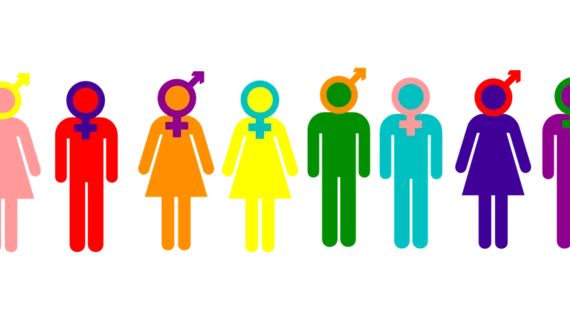The structure and activity in transgender teens’ brains more closely resemble their desired gender than their biological sex, according to research presented at the European Society of Endocrinology’s annual symposium in Barcelona.
The concept of gender identity is something that’s “uniquely human,” lead researcher Julie Bakker, PhD, of the University of Liège, Belgium, said. For adolescents struggling with gender dysphoria, it’s also a distressing one.
Little is known about gender dysphoria or gender identification in transgender people, Bakker said, but researchers are aware it can develop from a young age. Psychotherapy or delaying puberty until a later age via hormones are both options for treating the psychological stress.
Bakker and colleagues at the Center of Expertise on Gender Dysphoria at the VU University Medical Center in the Netherlands analyzed sex differences in the brain activation patterns of a handful of teen patients for their study, all of whom identified as transgender. Participants underwent MRI exams to assess activation patterns in response to the pheromone androstadienone, a male chemo-signal known to evoke sex differences in the brain.
The team found that in transgender teens who identified as the opposite of their biological sex, brain patterns actually matched that desired sex more closely than their biological one. Transgender girls with gender dysphoria also recorded a male-typical brain activation pattern during a visual/spatial memory exercise, Bakker reported, and some brain structures showed similarities closer to the desired sex.
“These results on brain structure are thus partially in line with a sex-atypical differentiation of the brain during early development in individuals with gender dysphoria, but might also suggest that other mechanisms involved,” Bakker and her colleagues wrote in their study. “Indeed, using resting-state MRI, we observed gender dysphoria-specific functional connectivity in the visual network in adolescent girls with gender dysphoria.”
Bakker said more research is warranted, in an ECE release, but her team found solid evidence to support their hypothesis.
“We now have evidence that sexual differentiation of the brain differs in young people with gender dysphoria, as they show functional brain characteristics that are typical of their desired gender,” she said.
Bakker said her research will now be geared more toward the role of hormones during puberty in brain development and transgender differences.
“We will then be better equipped to support these young people, instead of just sending them to a psychiatrist and hoping that their distress will disappear spontaneously,” she said.

